The Xiaomi Mi Note Pro and Mi Note Review
by Joshua Ho on September 11, 2015 9:00 AM ESTStill Image Performance
Now that we’ve discussed some of the basic aspects of the camera system in the Xiaomi Mi Note line, we can begin to look at how this all translates to real-world camera performance. In order to do this, we run our standard suite of camera tests which should give a good feel for what camera performance is like when variables such as hand shake and inconsistent camera positioning are removed from the equation.
Xiaomi Mi Note
Xiaomi Mi Note Pro
Our first test is the ISO chart test, which is designed to provide an absolute test of peak spatial detail. This is a controlled lighting test, which should help to reduce potential confounding factors. In the case of the Xiaomi Mi Note line, we can actually see the difference in detail compared to the Galaxy S6 as the Mi Note appears to retain much more detail along the edges of the photo relative to the Galaxy S6 and other smartphones with larger sensors and wider apertures. Detail at the center of the photo is also strongly retained but it seems Xiaomi might be sharpening a bit aggressively as the circle in the center is rather jagged instead of smooth and round. Both horizontal and vertical detail is well retained though, all the way up to the 20 line mark. We can also see some evidence of haloing around the high contrast detail, which is rather distracting and is indicative of strong sharpening effects.
Mi Note
Mi Note Pro
In this basic daytime landscape shot we can see a few potential problems already with the Mi Note camera processing. Although the details are mostly correct, looking at the trees in the distance it's quite obvious that noise suppression is strongly suppressing fine details in order to try and make sure images don't have any noise. The tree in the center of the frame has this strange effect where details inside of the leaves are mostly smudged away but the edges have very high contrast, which creates an odd effect and suggests artificial sharpening. The Mi Note also clearly has far too aggressive noise reduction here as it basically looks like the Mi Note Pro photo but with an AA filter applied. However, for the most part that's all that I have to criticize here. Given that a number of flagship smartphones have shipped with shockingly poor post-processing even in daytime scenes, I'm impressed by how the Mi Note and Mi Note Pro give at least respectable results here.
Mi Note
Mi Note Pro
In low light we really start to see the weaknesses of the Mi Note Pro and Mi Note. Despite the use of OIS, both devices are underexposing significantly and there's just far too much luminance noise reduction going on here. However, once again, that's all the real criticism I have for these phones. Obviously, something like the Galaxy S6 shows far more detail and better exposure in this scene, but there are significant purple hues present in areas that should be black instead of purple, and when looking closely at the Galaxy S6 photo the severe sharpening effects really make it a bit unnatural and gritty. The iPhone 6 Plus is the winner here by virtue of larger pixel size and a lot of software magic to hide the 1/4 second exposure so moving cars appear to be relatively sharp instead of a complete blur, but Xiaomi could easily be in the race for best smartphone camera within a single product cycle of work.
Overall, the Xiaomi Mi Note camera isn't amazing, but it's far from terrible. In daytime situations photo quality is actually already very good, but with some minor post-processing issues that could be resolved with a single OTA update. At night time, with some processing improvements and perhaps higher sensor gain the Mi Note line could start to be compared to the iPhone as well. This doesn't sound all that impressive, but it really is because this is the first phone in this price point where I can even begin to compare the camera to flagship smartphones.


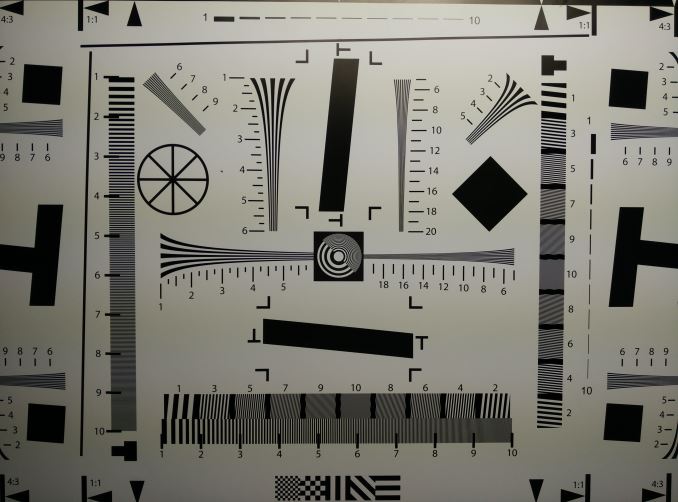







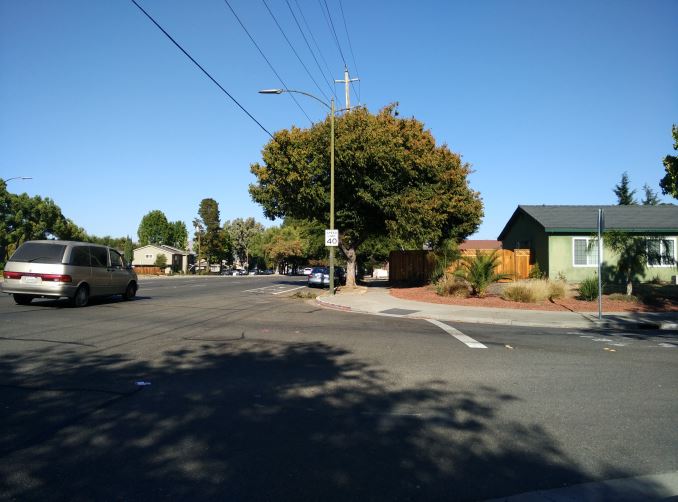
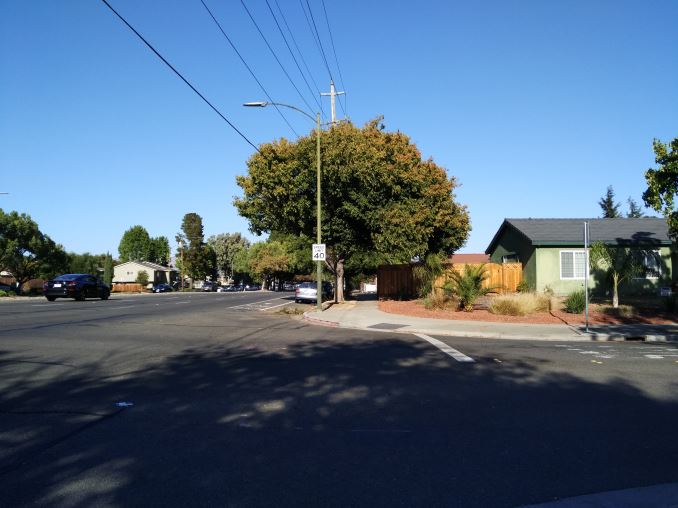






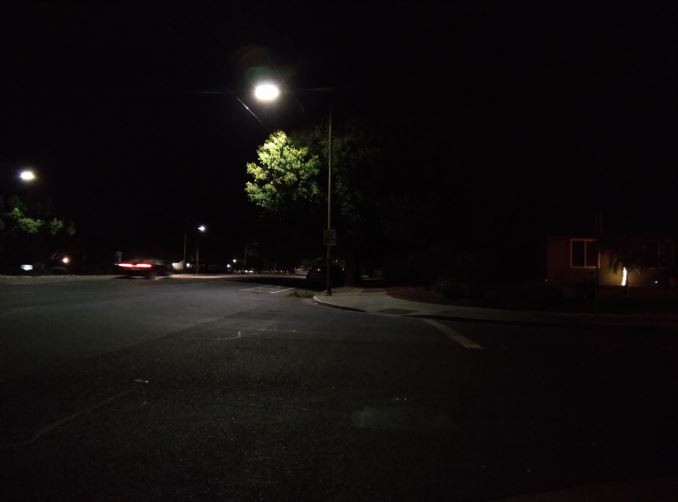
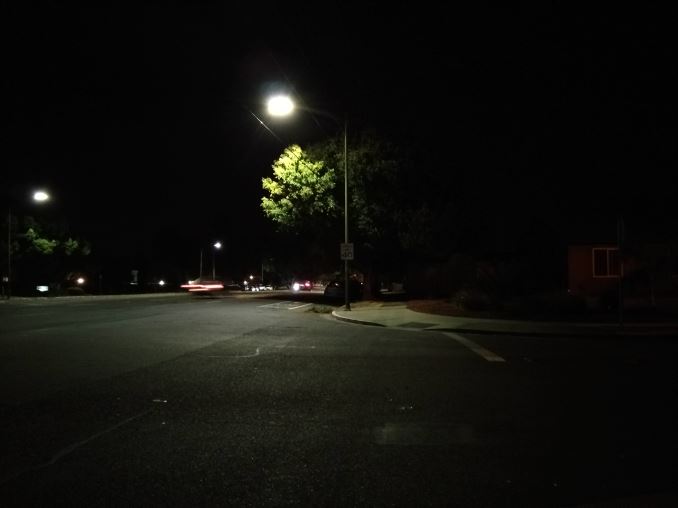














94 Comments
View All Comments
Mike89 - Thursday, October 15, 2015 - link
Xiaomi phones are not optimized for the US. I bought the Redmi Note 2 and when I got it found it would only do 2G in the US no matter the carrier. For every model number there are numerous sub versions of the same model number for different Countries and for the most part the vendors don't tell you which one they are selling. Mine (from Gearbest) was the China version even though it was stated "worldwide". Doesn't have the right bands or the right bands activated for US use.1010101100 - Thursday, October 29, 2015 - link
Did you even research the product you wanted before getting it? Did take time to check what bands were supported for the product? Did you have knowledge that not all out of state phones might not work within the US? Lastly did you research to see what data speed your carrier provided for the product you were planning to buy? I'm using a Mi Note Pro right now and have no complaints about my data speed since I know for sure at best right now its HSPA+ on T-Mobile or ATT, currently on the GoSmart mobile prepaid network available in NYC. Like someone mentioned earlier majority of our products sold in the US is produced from China for cheap labor and production cost. The design of a certain product can be from US but was not produced in US but from another country mainly China hence the term "Made in China". Leather goods from India or Italy. Surely US is not at a point where it's just stealing credit for the manual labor? I mean Apple has already been stealing credit for where it should be given.irresistible - Thursday, July 7, 2016 - link
After reading this review I decieded to buy an Xiaomi Note Pro for 500€ including all shipping costs and taxes.Today I own an Xiaomi Note Pro for over seven months now and while using it daily, I can assure you the following :
1. Qualcomm Snapdragon 810 has different versions (check here http://www.anandtech.com/show/9388/comparing-snapd...
Xiaomi Note Pro has one of the best version (v.2.1), if not the best version. Therefore the main overheating issue does not exist. From my real-world testing, I assure you that it's not getting warm at 30 degree Celsius room temperature when doing basic tasks (messaging, calls, browsing and so on). When playing taxing games, it will get warm (not hot!) at 30 degree Celsius room temperature. When watching movies for many hours with hardware-acceleration (mandatory in my opinion) your phone will get warm (not hot!). So basically if your room-temperature is about 20 degree Celsius your phone will not even get warm. Were is the overheating issue? If you are gaming 24/7h on max brightness without hardware-acceleration, you might experience throttling. All other scenarios have 0 overheating issues. In my opinion Xiaomi Note Pro is not optimal for heavy daily gaming.
2. Camera
It's okay for most people, but nothing special. Shooting is very quick. Like SNAP (1sec) and picture is taken :). It's true that the low-light performance is not good, but which phone has good low-light performance? Oh, yea you are right, flaghship phones which STARTS at 500-700$.
3. Storage
Non-expandable storage is not always to be seen negatively. Xiaomi Note Pro is 6.9mm thick and it was released at a date were micro-SD slot was not implemented on flagship phones for various reasons. And still to-date there is only a handful phones e.g. Samsung Galaxy S7 which incorporate flagship design with an micro-SD card slot. For the vast majority of users 64GB is more than enough. And those who want more, shouldn't buy this phone.
4. Battery Life
You cannot call battery life: subpar. Why not? This phone is only 6.9mm thick (!!!) and comes with an 1440p display (!!!). And they were able to implement an 3000mah battery, which is huge. But it's also true that it's powerdraw ratio is not that good. Battery lasts about one whole day for most tasks including watching videos (hardware accelerated). You can drastically optimize your battery life with xposed modules e.g. amplifiy, greenify and so on. If you want even more battery life, you can buy Xiaomi Note (non-pro) edition. If you want to do heavy gaming over multiple hours, you shouldn't buy this phone. Games, especially not hardware-accelerated on max brightness will drain your battery fairly quickly. If the battery capacity would be about 2000mah, I would call that sub-par, not 3000mah. Do not forget that this phone is supporting Quick Charge 2.0, your charging time is not that long compared to other phones.
5. Gaming in general
If you are like me and play games on your phone occasionally on the way to work or school or whatever, your battery life will be fine. But if you are sitting down on breaks or e.g. in a park with super nice sunlight playing 3-5 hours at max. brightness your favorite JRPG, your battery won't last a whole day. If you are me, you would solve this issue by connecting an sleek powerbank from Xiaomi :)
If you have any questions, feel freeeeeeeeeeeeeeeeeeeeee to ask meeeeeeeeeee.
I would like to end this write-up with the following:
Xiaomi Mi Note Pro is the best 1440p 5.7" smartphone in the world. Only Galaxy Note 5 can compete. (summer 2016)
Coffeemilotea - Saturday, October 8, 2016 - link
Hi is your phone with Android 6.0 Marshmallow or KitKat with MIUI 8? Thanks.